By Michael Osacky
Pricing vintage sports collectibles is very similar to other categories of antiques. It’s all about condition, condition, condition.
Vintage baseball, football, and basketball cards (1870-1970) typically hold the most value. Two things happened in the 1970’s that made cards from the 1970’s to current nearly worthless. First, the technology that the printer’s and printing presses used to create the cardboard relics became much more advanced in the early 1970’s. Therefore, they could mass produce the cards with a limitless supply. Second, people started to realize that the baseball cards from the 1950s and 1960s were actually worth money. Children ceased the activity of putting their favorite cards into the spokes of their bicycles.
The price guides that exist in today’s market are not a valuable tool. The old adage, “something is worth what somebody wants to pay for it,” is extremely true for vintage sports collectibles. The price guides generally list a price for MINT and Near-Mint condition. The odds of finding a card in MINT or Near-Mint condition from 75-100 years ago is very unlikely. Yes they do exist, but they are very rare. Unfortunately, the price guides provide false hope to sellers’ of vintage cards.
Top collectors’ will pay sky high prices for Mint baseball cards. These rare cards are virtually impossible to locate and are very scarce. The value of these pristine cards usually increases over time and they can be a wise investment for the educated collector. However, I never advocate purchasing cards or sports memorabilia solely for investment purposes. Buy what you like and enjoy. The prices can fluctuate very wildly on a regular basis. Therefore, if you buy what you enjoy, you are always happy.
It is extremely important to educate yourself on what you are buying. There are many great online resources to improve your knowledge base. Never trust what anybody is telling you. If you want to buy a Babe Ruth signed baseball, you should educate yourself on his signature. What are the key characteristics? Does his signature slant in a specific direction? Why are there quotation marks around the word Babe? And then contact a sports memorabilia expert for the answers to your questions.
Many reprints are actually very simple to identify. Don’t be fooled when you are buying vintage cards from estate or garage sales. One of the easiest ways to determine if a card is a reprint is to flip the card over and look at the reverse. Many novices only look at the front of the baseball card. Big mistake! In many instances, the reverse will actually use the word, “reprint.” Additionally, does the bio or text on the reverse use past tense language? For example, “Honus Wagner was inducted into the Hall of Fame in 1936. He died in 1955.” This is clearly a reprint because Wagner is being talked about in past tense. There is no value in reprints. They are mass produced and collectors don’t want or need them.
Many different collecting trends have come and gone in the past 15 years. One trend that is always intact is buying the highest graded cards of Hall of Fame ball players’. Everybody wants a perfectly centered Mickey Mantle card with razor sharp corners. One emerging trend that I am watching very closely is the shift from collecting complete sets to now buying just the Hall of Fame players’ in high grade. Many cards from the mid-1950ís such as Al Kaline and Hank Aaron’s rookie cards from 1954 Topps have greatly increased in value over the past 12 months.
One modern-era trend is having players’ sign baseball cards. This has been a great way to re-energize the hobby and attract children to the sport and hobby. Limited edition signatures are randomly inserted into packs of baseball and football cards. Many of these autographed cards can be worth thousands of dollars from some of the current all-star athletes. Traditionally, collectors of baseball cards do not want an autograph on the card. Additionally, autograph seekers want the signature on a baseball, bat, jersey, photo, or check. This blended mix of autographed baseball cards has really been taking off and it’s been working for the card manufacturers.
The main reason why I buy vintage sports collectibles is to make sure the stories behind each collection live in perpetuity. Each and every collection that I purchase has a very unique story. Many collections were purchased at the five and dime store 50 years ago while others were passed down from a prior generation within the same family. It is my job to make sure the stories and collections pass on to future generations.
Michael can be reached at 312-379-9090 or Michael@baseballintheattic.com.
His website is www.baseballintheattic.com



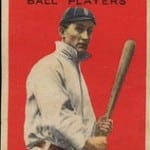
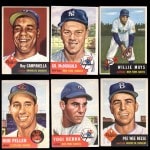
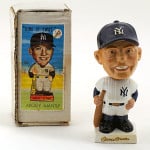
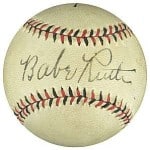
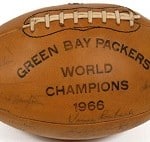

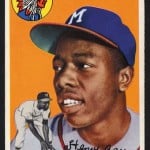




Related posts: